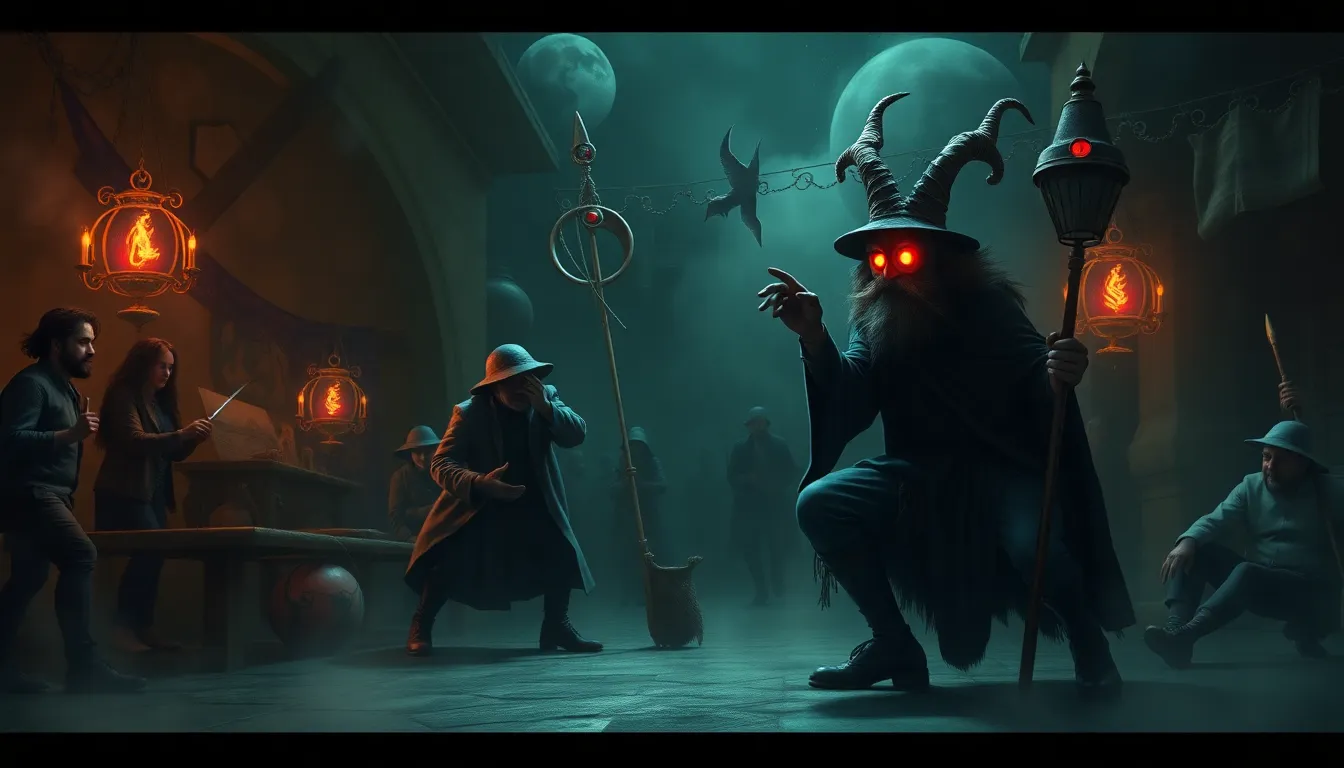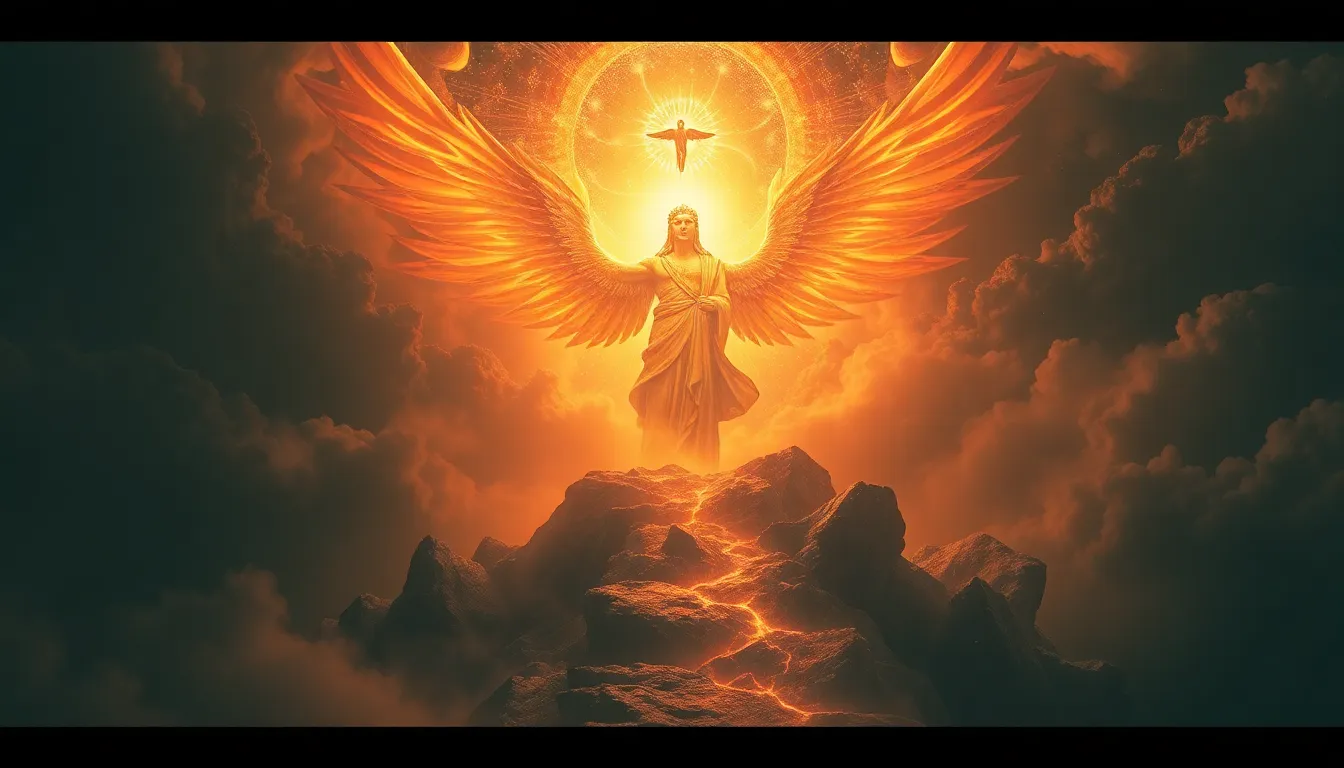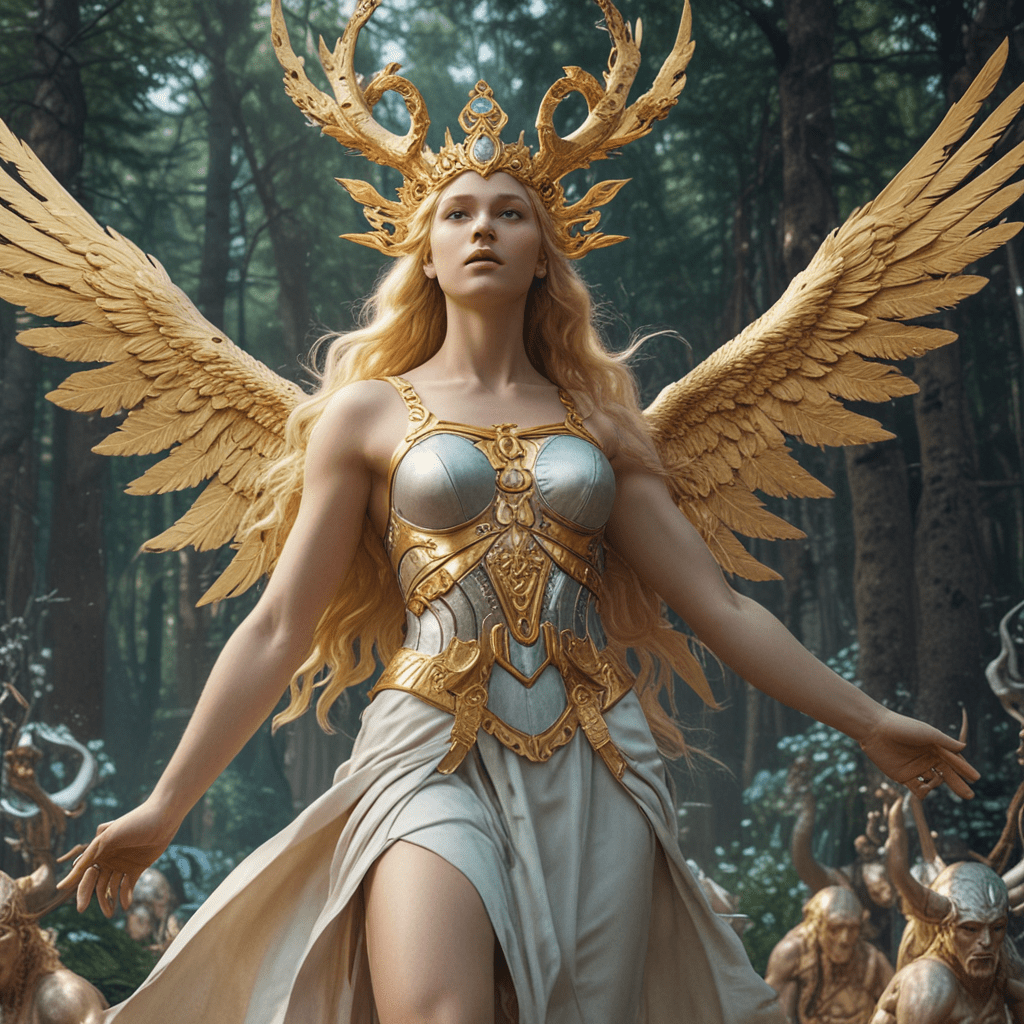The Trickster’s Influence on Modern Comedy and Satire
Introduction to the Trickster Archetype
The trickster archetype is a compelling figure in mythology and folklore, representing a complex character that embodies a mix of chaos, creativity, and subversion. Historically, tricksters have appeared in various cultures, often serving as a means to challenge the status quo and provoke thought. From Loki in Norse mythology to Anansi the Spider in African folklore and Coyote in Native American stories, these figures have been both revered and reviled, acting as catalysts for change and reflection.
The Trickster’s Characteristics and Traits
Trickster figures share common traits that define their roles across cultures. These traits include:
- Wit: Tricksters are known for their cleverness and intelligence, often using their brains over brawn.
- Deception: They frequently employ trickery and cunning to manipulate situations to their advantage.
- Subversion: Tricksters challenge societal norms and expectations, often leading to chaotic outcomes.
This duality of the trickster embodies both chaos and creativity, demonstrating how disruption can pave the way for new ideas and perspectives.
The Trickster in Literature and Folklore
Throughout history, tricksters have played pivotal roles in literature and folklore, often serving as protagonists or anti-heroes. Notable examples include:
- Odysseus: In Homer’s “The Odyssey,” Odysseus employs cunning and deception to overcome obstacles.
- Puck: In Shakespeare’s “A Midsummer Night’s Dream,” Puck embodies the playful, mischievous nature of the trickster.
- Br’er Rabbit: In African American folklore, Br’er Rabbit uses his wits to outsmart larger animals.
These characters not only entertain but also convey deeper messages about human nature and societal values, illustrating the trickster’s vital role in storytelling.
The Evolution of the Trickster in Comedy
The transition from traditional folklore to modern comedic forms has seen the trickster evolve into various comedic archetypes. Early comedic figures influenced by the trickster include:
- Shakespeare: His comedies often feature clever servants and mischievous characters who upend social hierarchies.
- Molière: The French playwright used trickster-like characters to critique societal pretenses and follies.
These early examples laid the groundwork for the trickster’s enduring presence in modern comedy.
Trickster Elements in Stand-Up Comedy
Stand-up comedy is a prime medium where trickster traits are prominently displayed. Comedians often embody characteristics such as:
- Subversive Humor: Challenging social norms and expectations through satire and irony.
- Personal Anecdotes: Utilizing personal experiences to highlight absurdities in everyday life.
Notable tricksters in stand-up include:
- George Carlin: Known for his incisive critiques of language and social norms.
- Richard Pryor: His bold storytelling and commentary on race and identity showcased trickster traits.
These comedians have used their platforms to challenge audiences, evoke laughter, and inspire critical thought.
Television and Film: The Trickster’s Revival
In modern television and film, trickster characters have experienced a revival, often serving as central figures that drive narratives. Notable examples include:
- “The Office”: Characters like Michael Scott embody the bumbling trickster, often leading to comedic chaos.
- “Parks and Recreation”: Leslie Knope’s unorthodox methods reflect trickster-like qualities in her quest for community improvement.
- Taika Waititi’s Films: Works like “What We Do in the Shadows” showcase trickster humor through unconventional narratives and characters.
These shows illustrate how the trickster continues to resonate with contemporary audiences, providing humor while critiquing societal norms.
Satire as a Tool of the Trickster
Satire serves as a potent tool for tricksters, enabling them to comment on societal issues and challenge authority. The purpose of satire includes:
- Social Critique: Highlighting flaws in societal norms and behaviors.
- Political Commentary: Exposing the absurdities and contradictions in politics.
Trickster figures enhance this satirical commentary by using humor to engage audiences while promoting reflection on serious issues.
The Role of the Trickster in Social Commentary
Modern satirical works frequently utilize trickster elements to serve as societal mirrors and critics. Noteworthy examples include:
- “Saturday Night Live”: The show employs satire to address current events and cultural phenomena.
- “The Daily Show”: Hosts like Jon Stewart and Trevor Noah use trickster-like wit to critique political narratives.
Through humor and satire, these programs challenge audiences to reconsider their perspectives on various social issues.
The Dark Side of the Trickster
While the trickster archetype can inspire change and provoke thought, it also possesses a darker side. Ethical implications of trickster influence include:
- Manipulation: Tricksters may use their cunning for selfish or harmful purposes.
- Controversial Figures: Some comedians may cross ethical lines, leading to social backlash.
Analyzing controversial moments in comedy reveals the potential pitfalls of the trickster’s influence, underscoring the need for responsible humor.
Conclusion: The Enduring Legacy of the Trickster in Modern Comedy
The enduring legacy of the trickster in modern comedy and satire underscores their integral role in shaping cultural narratives. Throughout history, these figures have challenged norms, inspired laughter, and provided critical insights into human nature. As comedy continues to evolve, the trickster’s influence remains a vital force, encouraging audiences to reflect on societal issues while embracing the chaos and creativity that humor provides.



